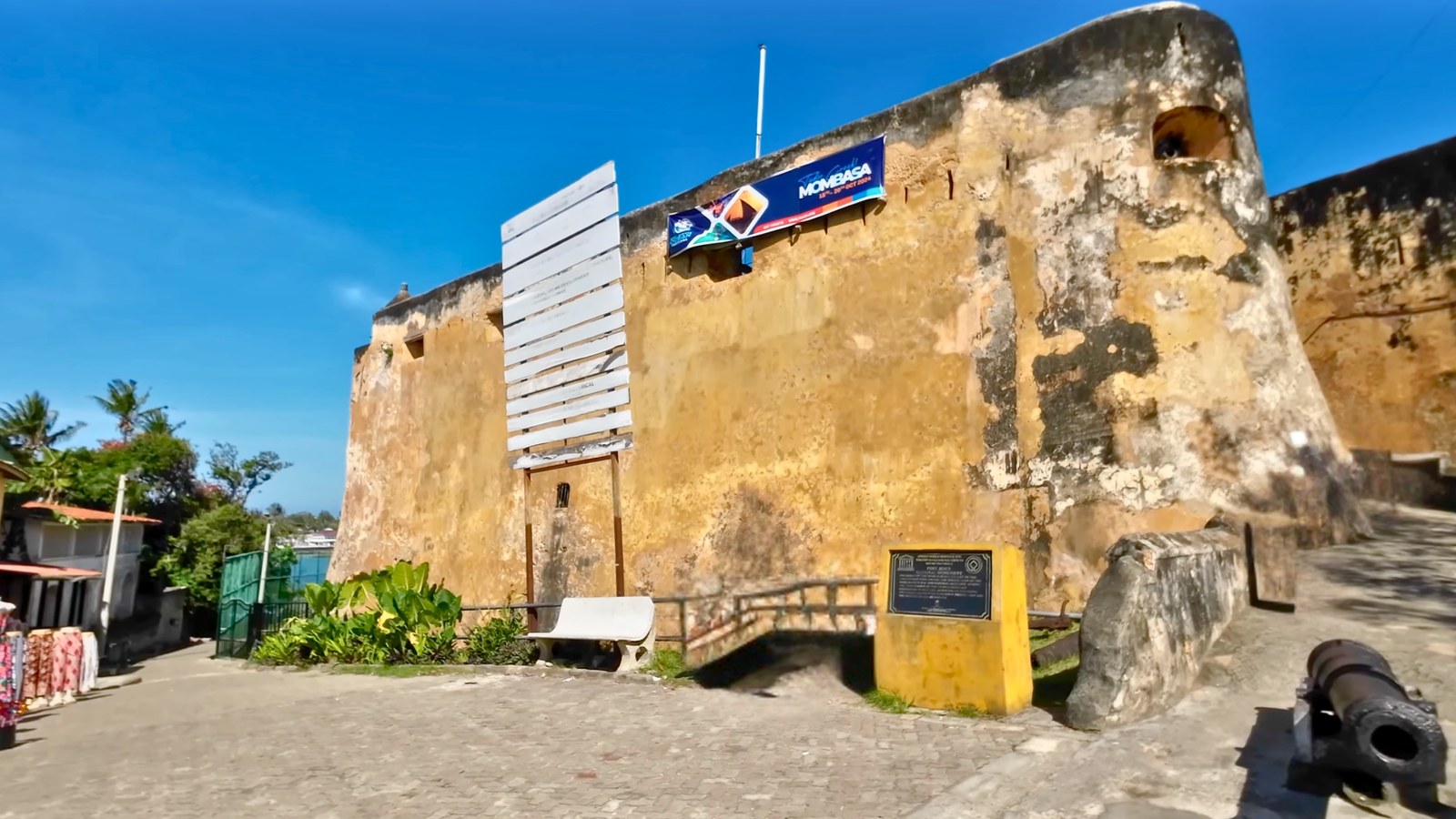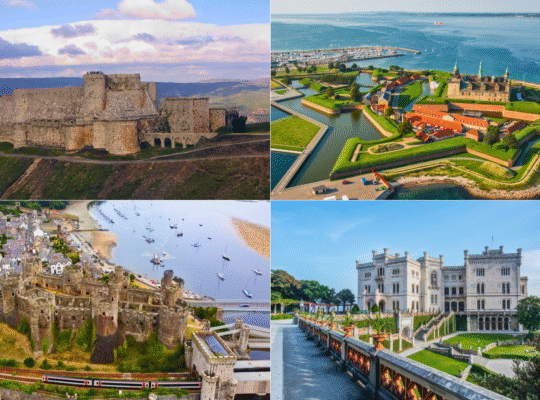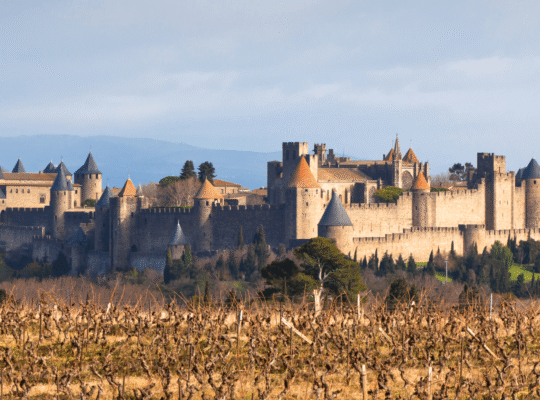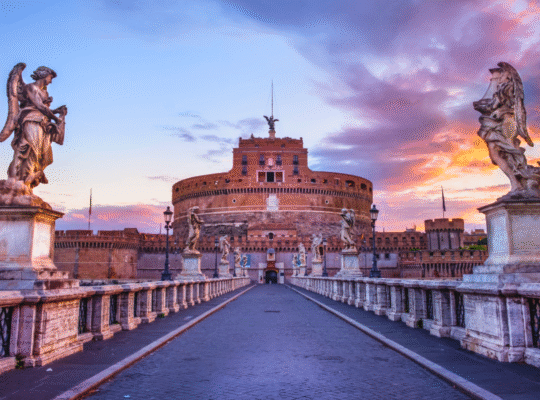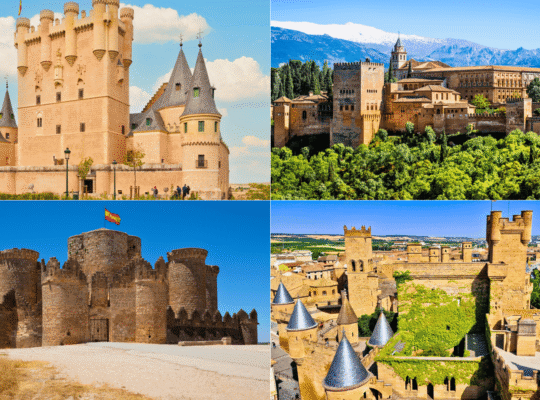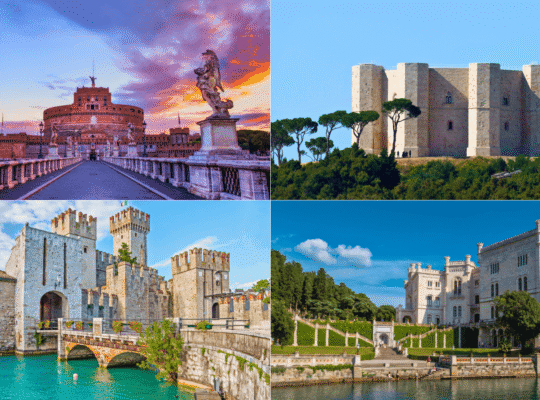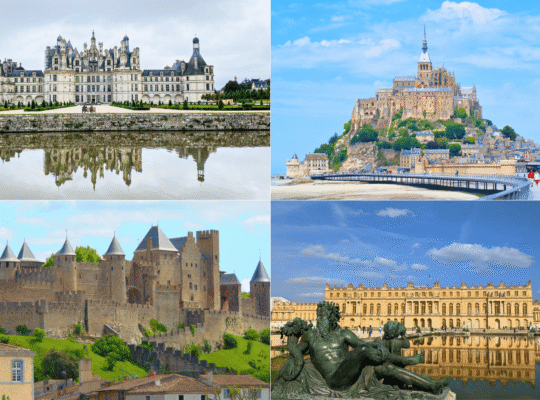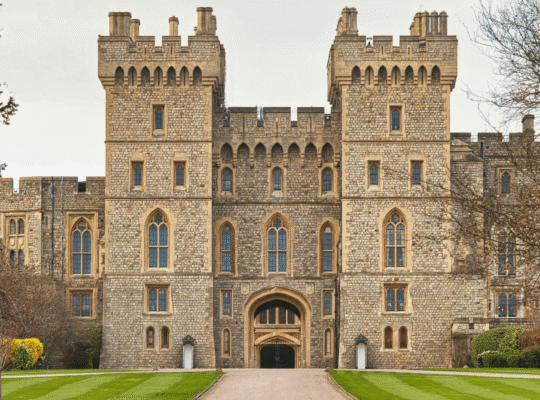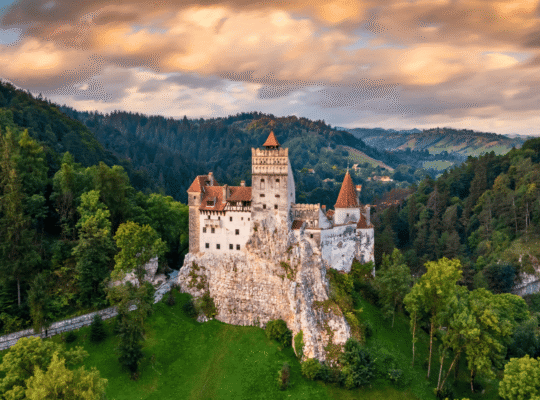There’s something electric about standing where centuries of footsteps have echoed before you. When I finally walked through the heavy stone gates of Fort Jesus, it felt like history reached out and grabbed my hand. The scent of salt and old stone hung in the air, and the sound of distant waves crashing against the coral foundations whispered a single truth: this place has seen everything.
Perched on the edge of Mombasa Island, Fort Jesus is no ordinary ruin. It’s a survivor. A relic. A storyteller. Built by the Portuguese in the late 1500s and tugged between empires for centuries, it remains one of the most iconic historical sites in East Africa. But beyond the textbook history lies a pulse, a soul, and a thousand stories waiting to be unearthed.
In this article, I’ll take you along on a journey through Fort Jesus—through its rise and fall, its eerie legends, its remarkable design, and everything you need to know to explore it yourself. Whether you’re a curious traveler or a passionate history buff, trust me, you won’t forget this one.
Quick Facts
📍 Location: Mombasa Island, Mombasa, Kenya
📏 Construction Year: 1593 – 1596
🏠 Architectural Style: Renaissance military architecture with Swahili and Islamic influences
🎭 Famous For: Epic battles, cultural exchange, ghost stories, sea views
👑 Notable Residents: Portuguese garrisons, Omani rulers, British administrators
🏆 UNESCO Status: Yes (Fort Jesus, Mombasa was designated in 2011)
🌐 Official Website: https://museums.or.ke/fort-jesus/
The History of Fort Jesus
Born from Ambition
In the age of spice and silver, the Portuguese needed a secure outpost to protect their trade routes. Mombasa was the jewel of the Swahili Coast—strategic, wealthy, and contested. So in 1593, King Philip I of Portugal ordered the construction of Fort Jesus. He wanted something that could both impress and intimidate. Designed by Italian architect Giovanni Battista Cairati, the fort rose from coral limestone like a great stone guardian.
But Mombasa wasn’t about to sit quietly.
Tug-of-War Through Time
From the moment it was built, Fort Jesus became the ultimate prize. In 1631, a local uprising sent the Portuguese packing. Then came the Omanis, who laid siege for nearly 33 months before finally taking control in 1698. The Portuguese briefly reclaimed it in 1728—only to lose it again. Then the Sultan of Zanzibar took over. And eventually, it landed in British hands in 1895, becoming part of the East Africa Protectorate.
Each new ruler added their own layer to the story—inscriptions, structural changes, weapons, traditions. It’s like a living museum where the paintbrush kept changing hands.
Prison Walls and Silent Witnesses
Fort Jesus has seen more than just battles. It was used as a prison, a barracks, and an execution site. There are stories—gruesome ones—of prisoners wasting away in pitch-black cells, of rebel leaders held before execution, and of soldiers who vanished during sieges. And you can still walk through those spaces. You can still feel the weight of history pushing down on your shoulders.
In 1962, Fort Jesus found a new life as a national museum. But its spirit? That stayed the same—watchful, proud, and unyielding.

Architecture & Design
More Than Just a Fortress
You know that feeling when you walk into a place and can tell it was built to last? That’s Fort Jesus. From the thick coral stone walls to the perfectly angled bastions, everything screams “durability.” The Renaissance design gives it symmetry and strength, while later additions—like Islamic arches and Swahili carvings—add a layer of delicate beauty.
You’ll find staircases worn smooth by centuries of boots, cannonballs rusting quietly in the grass, and lookout points that still offer unbeatable views of the sea. If you listen carefully, you might just hear the sea chanties of Portuguese sailors or the prayers of Omani guards carried on the wind.
The Museum Inside
Tucked within the fort is a surprisingly rich museum. It’s like walking through a treasure chest:
• Pottery from Persia and China
• Portuguese armor and weapons
• Islamic calligraphy
• A scale model of an East African dhow
But the part that hit me the hardest? The graffiti etched into the prison walls—scratched ships, tally marks, prayers. A reminder that this place held people, not just soldiers.
Secret Tunnels and Whispered Escapes
Hidden beneath the surface are tunnels—some narrow and winding, others more spacious. These were escape routes, storage rooms, and strategic hideaways. They’re cool, damp, and echo every footstep. It's easy to imagine a soldier gripping a musket, holding his breath as he tiptoes through the dark.
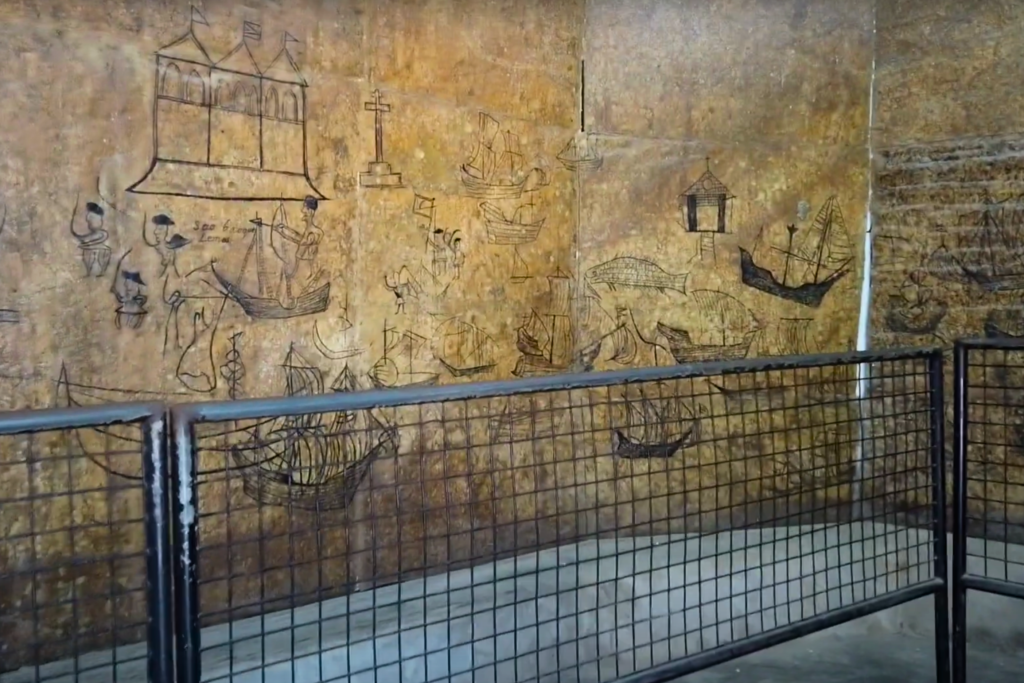
Myths & Legends
The Wall That Bleeds
There’s a wall near the old execution grounds that locals say can never be fully cleaned. They say the blood of the fallen seeps back through every layer of paint. No scientific proof, of course—but I stood there, and I swear the air was colder. The wall, red-tinted. And something about it made me whisper without meaning to.
Haunting Footsteps After Dark
Ask any guide, and they’ll tell you tales of night guards hearing phantom footsteps, chains rattling, or voices whispering in rooms that have been locked for decades. During night tours, shadows seem to stretch farther, and every creak feels louder.
It’s not hard to believe the souls of Fort Jesus still walk its halls.

Visiting Fort Jesus
Best Time to Visit
☀️ Dry Seasons (Dec–Mar & Jul–Oct): Best weather, bluest skies.
🌅 Early Mornings: Peaceful and perfect for photography.
🌙 Night Tours: Dramatic lighting, spooky stories, unforgettable atmosphere.
How to Get There
🏙️ City: Mombasa in Kenya
✈️ Fly: Into Moi International Airport (15 km away)
🚆 Train: SGR Madaraka Express from Nairobi
🛺 Ride: Tuk-tuks, taxis, or guided day tours
Entry Fees & Tours
💵 Admission: ~KES 1200 (non-residents adults), ~KES 200 (Kenyan citizens adults)
🎧 Tours: Offered in English, Swahili, and more. Totally worth it.
Accessibility & Tips
♿ Accessibility: Partial accessibility; staff are helpful.
📸 Photography: Yes! But drones need special permits.
⚠️ Mobility: Some areas are uneven or steep
🥾 Footwear: Bring good walking shoes
🎒 Essentials: Water, sunscreen, hat
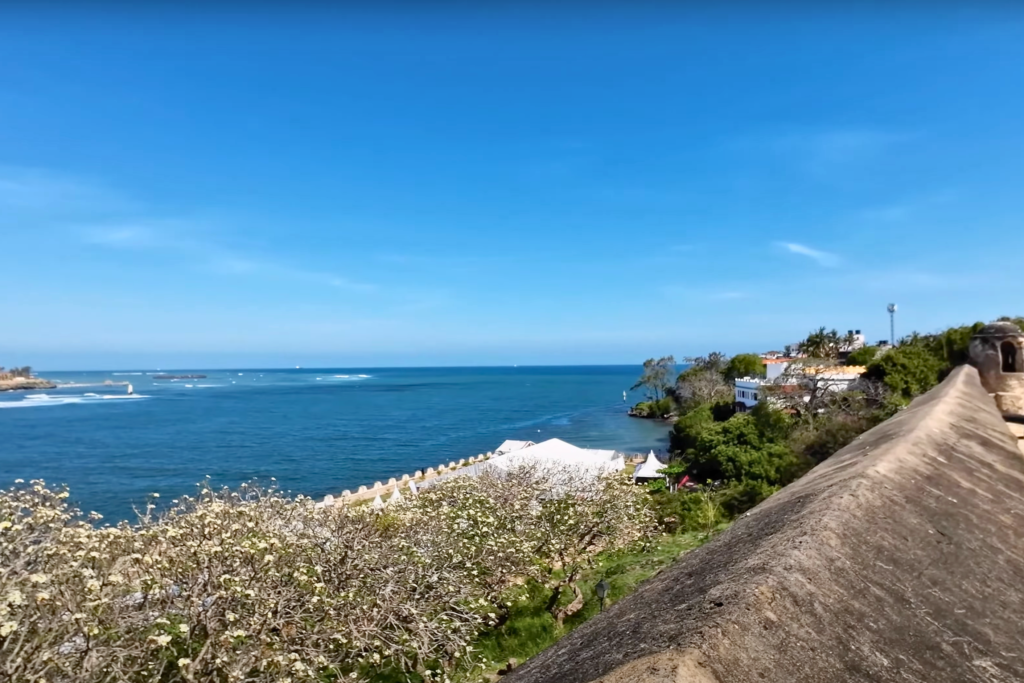
Nearby Attractions & Things to Do
• Old Town Mombasa: Wander narrow lanes filled with Swahili, Arab, and Indian architecture. It’s alive with color, scent, and history.
• Mombasa Tusks: Built to commemorate Queen Elizabeth II. Insta-worthy and iconic.
• Haller Park: Giraffes, crocs, monkeys—oh my! A lush escape from the heat.
• Nyali Beach: White sand, blue waves, and ocean breeze.
• Swahili Cuisine: Try biryani, mahamri, grilled seafood. Visit local joints like Tarboush or Jahazi Coffee House.
• Bombolulu Workshops: Support local artisans and learn about traditional crafts.
• Akamba Handicraft Market: Perfect for picking up souvenirs with a story.
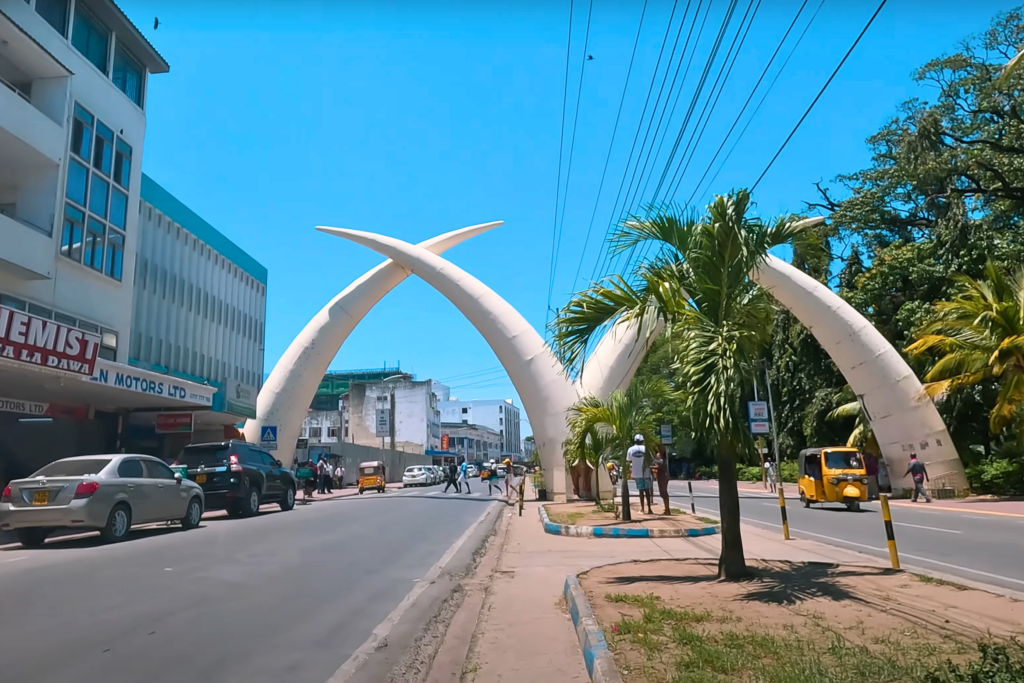
Final Thoughts: Why You Shouldn’t Skip Fort Jesus
If you’ve ever wanted to touch history, really feel it, Fort Jesus is the place. This isn’t just a tourist stop—it’s a heartbeat frozen in stone. Every corner holds a memory, every wall a story. You’ll leave changed. You walk in as a visitor, but you leave as a witness.
Have you wandered Fort Jesus’s ancient halls? Felt its silence? Heard its ghosts? Drop a comment below and tell us your story.
👉 And if this castle by the sea inspires you, you’re going to love our features on Casa Loma in Toronto and Fairmont Le Château Frontenac in Québec City—two North American legends with their own tales to tell.
🏰✨ Follow us on social media, Facebook, Instagram, Pinterest, and X, for more real history, incredible castles, and travel ideas that go beyond the ordinary.
🏛️ Explore all our castle adventures! Explore more hidden gems, haunted legends, and breathtaking castles at CastleQuest Chronicles. The past is closer than you think.

